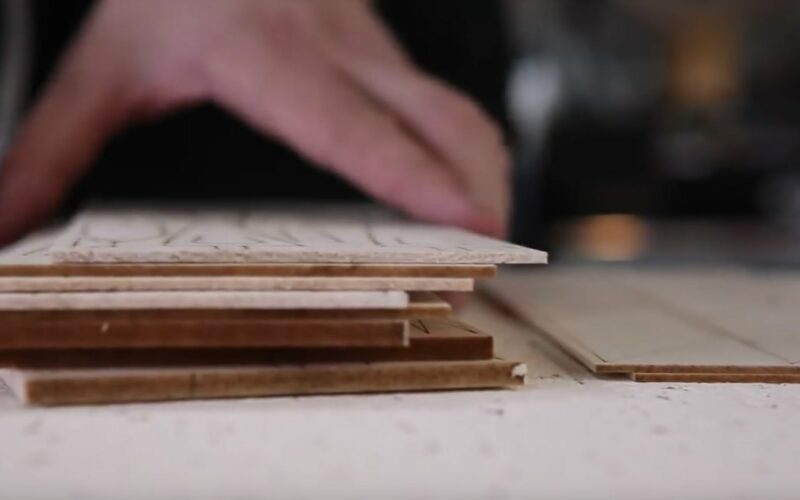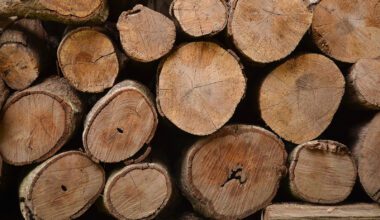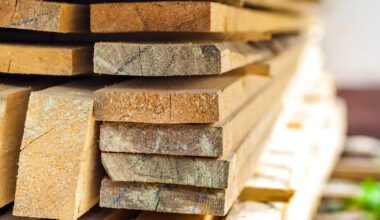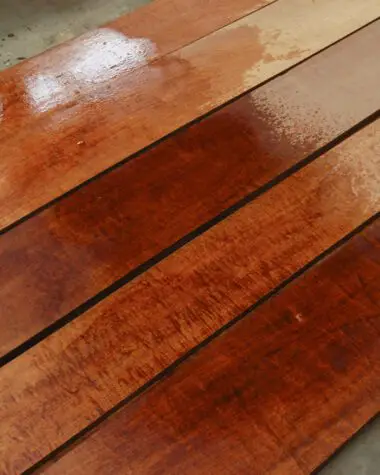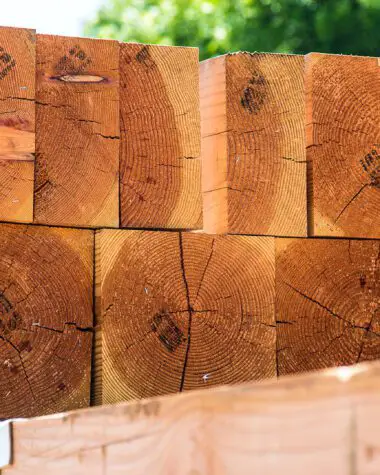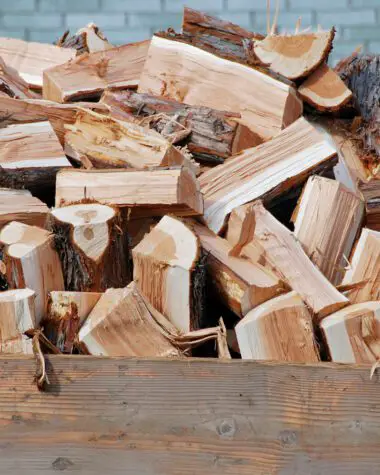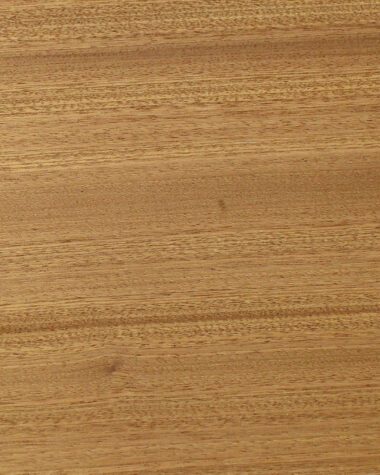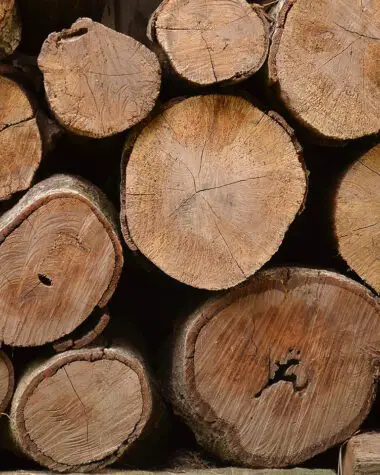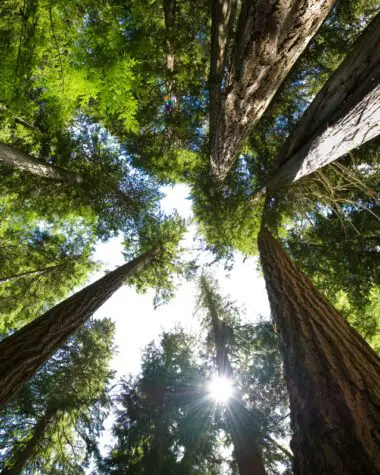As a hardwood, Balsa wood is one of the lightest and densest types of wood you can find. The reason why Balsa wood is light can be seen only through a microscope. The cells of this wood type are big and have very thin walls. As a result, the ratio of the solid matter to the open space is very small. This wood has a solid volume consisting of only 40% of the entire tree.
Green Balsa wood is the one that contains five times more water by weight than the actual wood substance. This wood is far from the other hardwood you can see in the market since it has more water content.
Properties of Balsa Woods
The Balsa tree is a fast-growing type that is native to tropical South and Central America. Despite the Balsa wood’s lightness, it is still considered one of the strongest wood you can have in the market. Be amazed by more of the uniqueness Balsa wood offers.
Weight
The weight of finished Balsa wood, like that used in model airplane kits, varies greatly. Sometimes Balsa is found to weigh only 4 lbs. per cubic foot. On the other hand, some Balsa will weigh 24 lbs. or more per cubic foot. The average commercial Balsa for model airplanes weighs between 6 and 18 pounds per cubic foot.
Resistance
Balsa wood easily burns when exposed to fire and is also susceptible to wood infestation.
Colors
Although uncommon in commercial lumber, Balsa heartwood typically has a light reddish-brown hue. Most Balsa boards and blocks are made from sapwood, which is often tan, off-white, or white with hints of pink or yellow.
Read: Sapwood vs. Heartwood
Workability
Despite being generally very easy to work with and having almost no influence on cutter dulling, fuzzy surfaces can be an issue when utilizing dull cutters due to their incredibly low density. In general, glue is preferable for attaching, and Balsa should not be used to hold nails. Balsa takes stains and finishes well. However, it has the propensity to absorb a lot of material during the initial coatings.
Grain Pattern
Balsa has a low natural luster, a medium to coarse texture, and a straight grain.
Uses of Balsa Woods
As said, Balsa wood is among the lightest wood types. However, it is one of the strongest woods in the market. For this reason, this wood is a material of choice for caring model airplanes since the structure tends to be quite stiff. This wood is also used in model bridge construction. Builders often use them in the design and testing phase. Model bridges made from Balsa wood are also a great teaching playroom in schools. They are used to demonstrate woodwork, physics, and other related subjects.
Using Balsa wood in model airplanes and bridges is important since it will help builders come up with the right design and materials for the final project. Balsa wood is also used to create surfboards.
More about Balsa Wood
The Balsa wood can grow to 21 meters in height and has a diameter of around 0.5 meters within seven years. This tree will mature at around 12-15 years. After that, this tree will slowly become weak. Contrary to the belief that Balsa wood is composite wood, this type of wood is actually from trees.
Balsa trees grow naturally in the forests of Central and South America. However, the small country of Ecuador on the western coast of South America is where model aircraft-grade Balsa is harvested. Balsa needs a warm climate and a lot of rainfall to grow. This is why the trees with the best strands of Balsa are found on the high ground between tropical rivers.
The scientific name for Balsa wood is Ochroma Lagopus. The word Balsa is in Spanish, which translates to raft. Balsa is light, like a raft, and has amazing floating qualities. It is also known as “boya,” which means buoy in Ecuador.
One of the best ways on how you can harvest Balsa wood is by using the traditional method. This method is done by chopping the tree down using an ax and hauling them. Once the Balsa wood is delivered at the sawmill, it will first be cut into large boards. These boards will then undergo a wood-drying procedure since the wood has a large percentage of moisture content. Specifically, it should be kiln-dried.
Once the drying is done, then they will be prepared to be shipped to different locations. The final destination of the wood, which is the factory, will handle the final cutting of the board along with the finishing.
Other Hardwood Types
- Ipe Wood– It is also called Brazilian walnut or ipe (pronounced e-pay) wood decking. It is a stunning exotic wood from Central and South America.
- Koa Wood– Koa wood is native to Hawaii and can only be harvested from the islands which is why it is very expensive.
- Poplar Wood– Poplar wood may not be as strong as other hardwoods but by treating and using different techniques, poplar wood can be worthwhile and cost-effective.
- Rubber Wood– Rubber wood has many outstanding qualities. It is durable, resilient and is eco-friendly. These qualities make it a good wood material for furniture and for home use.
- Sapele Wood– Of all the wood varieties, sapele is known for its natural beauty and its unique wood grains which may interlock in a ribbon-like pattern.
- Cherry Wood– No one can deny the amazing qualities of cherry wood, which could be the reason why wood enthusiasts cherish it the most.
- Mahogany Wood– The possible extinction of Mahogany wood cannot clear the fact that it is one of the most valuable wood types existing.
- Teak Wood– There are countless reasons why teak wood is prized for its value.
Conclusions
Balsa wood proves that it is not about the weight that it carries. Despite its lightweight property, it is considered one of the strongest wood types that you need to know. Balsa wood has been used for some applications and has proven its worth over the years. That is why the Balsa wood is one of your best choices if you are into creating model platforms or any other items that require a solid yet lightweight property.
